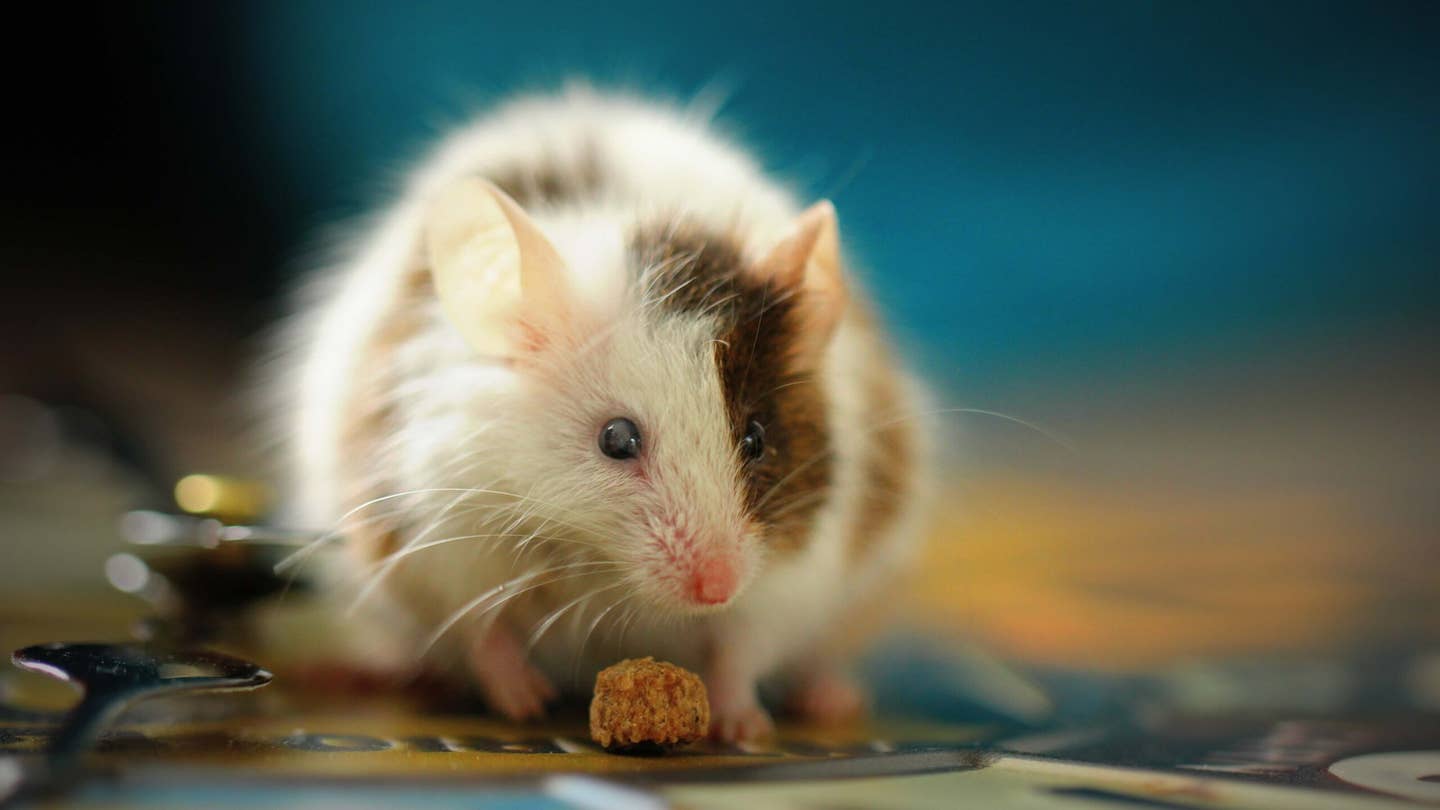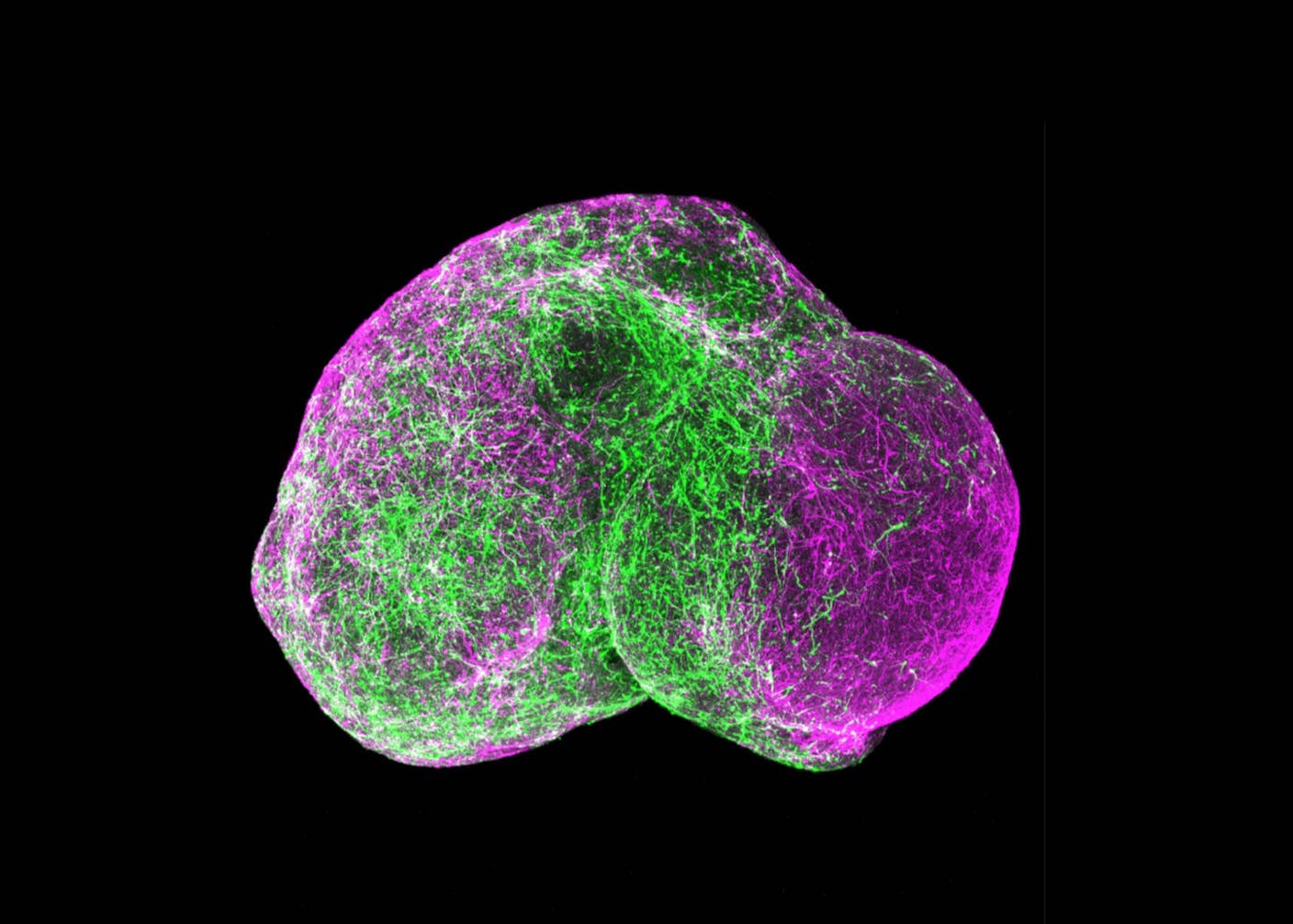A Surprising New Protein Player Restores Memory in Old Mice

Share
All right people, let’s do this one more time.
If you’ve been following longevity research, you already know the story: young blood, either directly infused or injected into old mice, restores multiple organ functions to their younger selves and lengthens lives.
Muscles regenerate. Heart tissues regain their strength. Brain regions critical for learning and memory fire back up, so that treated elderly animals learn and remember new environments faster and better than similarly aged peers.
While far from the proverbial “fountain of youth,” the therapy has captured the interest and imagination of scientists and entrepreneurs alike. Clinical trials are in the works for Alzheimer’s disease. Commercial companies are offering the experimental infusions to those with the will—and the wealth—to test on themselves. To be very clear: treatment data on humans are scant. Enthusiasm, however, is reaching an all-time high.
Hype aside, a core question remains: Why does the therapy work in mice? What’s the component that turns a young animal’s blood into a rejuvenating elixir?
This week, a team led by Saul Villeda at the University of San Francisco discovered a surprising candidate: platelet factor 4 (PF4). The protein’s not a stranger to science or life—your body likely produced a bunch as a kid when limping back home with a scraped knee. PF4 is part of the blood system that seals broken blood vessels and helps blood clot after injuries.
The new study, published in Nature, showed that the unassuming protein is far from a one-trick pony. Rather than a simple protein cog in the body’s wound-healing machine, PF4 also acts as an ambassador between the brain and the immune system. When young, the protein “gatekeeper” tunes down inflammation and helps maintain the brain’s cognitive functions.
Unfortunately, PF4 levels in the body nosedive with age. The drop incites a spark of inflammation in the brain’s “memory center”—the hippocampus—and hampers the neurons’ ability to communicate. Neural networks misfire. As does memory: an aged animal struggles to remember new places or learn new tasks.
It’s not all bad news. In one test, a jab of PF4 partially reset the body’s immune system, lowering levels of proteins that promote inflammation, and boosted cognition in elderly mice.
“I found it super surprising,” Villeda told Singularity Hub. “Normally I think of platelets as more of supporting players, but here…[they’re] active drivers of cognitive rejuvenation.”
“The therapeutic possibilities are very exciting,” said longevity researcher David Sinclair at Harvard University, who was not involved in the study.
Brain, Body, Blood
The brain is protected by a cellular wall called the blood-brain barrier, which generally prevents large molecules from seeping from the blood into brain tissue. However, our noggins constantly talk with the rest of the body through smaller chemical messengers in the blood.
It sounds strange, but blood carries a wealth of chemical informants that brief the brain on the body’s status—hunger, heat, stress. In turn, these messengers also regulate neural network activity and even the birth of new neurons in the brain.
Over a decade ago, Villeda and colleagues found that hooking up the circulatory system of young mice with elderly ones turned the clock back for the rodent granddads (too bad for the youngsters—they aged faster). Injecting the liquid component of blood, called plasma, had similar rejuvenating effects for multiple organs.
The result, among others, led multiple teams to go hunting for the “magic” component in young blood. There’ve been a few, each with inscrutable names. Examples? GDF11. Gpld1. The point isn’t an academic fishing trip. Rather, it’s to find one blood factor—or likely, a cocktail of factors—that controls aging. By targeting these proteins, we could potentially slow or reverse signs of aging and tackle the burden of age-related diseases.
Diamond in the Rough
Right. So why platelets?
It comes down to the young blood experimental recipe.
Plasma, the “watery” part of blood, is filled with soluble proteins, like dissolved sugar in syrup. However, the usual method of preparing plasma for so-called “young blood” injections leaves some platelets in the preparation. These tiny blood cells, shaped like dinner plates, normally help stop bleeding and heal wounds. This experimental hiccup caused Villeda and other labs to ask: wait, are platelets involved in restoring brain function?
In a first test, the team compared gene expression profiles from mice injected with young platelets to similarly aged ones given saline. Tons of immune-related genes popped up after the treatment, pointing to a brain on fire—neuroinflammation—as a sign of aging.
Next, they injected young platelets into elderly mice over the course of a month. The jabs lowered neuroinflammation in the hippocampus in multiple ways. The brain’s immune cells—called microglia—which usually promote inflammation in the aging brain—chilled out. Levels of inflammatory proteins dropped.
Be Part of the Future
Sign up to receive top stories about groundbreaking technologies and visionary thinkers from SingularityHub.


An Unexpected Hero
Great. But platelets have multiple proteins. Is there one that stands out? Or do multiple players mesh together to reverse the ravages of time?
Using an array of biochemical studies, the team eventually zeroed in on PF4. The platelet factor seemed the perfect soldier to fight aging: its levels are high in younger animals but rapidly drop in aged ones—in tissues from both mice and men.
Injecting lab-made PF4 into elderly mice recapitulated earlier results using young platelets. Neuroinflammation in the hippocampus died down. Microglia chilled out, with their internal pro-inflammatory genes dialed low.
Surprisingly, similar to old mice treated with platelets, PF4 also restored the body’s immune system—for example, immune T cells—to a more youthful profile. The changes were only present in older mice—young ones given the same PF4 jabs continued on their merry way, with no changes to their brain inflammation status.
“I see inflammation both in the body and brain as a major driver of aging. It really seems to be one process that bridges aging with neurodegenerative disease, and I think more and more our focus will shift towards targeting the immune system to rescue cognitive function in aging and disease,” said Villeda.
PF4 didn’t just dampen the immune wildfire in the aging brain. Further analysis found that injections of the blood factor stirred a cascade of molecular processes that helps neurons wire to—and communicate with—each other, which is often thought of as a basis for memory and cognition.
Then there’s the ultimate validation: elderly mice injected with human PF4 performed better than their peers in two different memory and navigation tests, both of which heavily tax the hippocampus.
Spooky Action at a Distance
Aging is complex, and PF4 is only part of the puzzle.
But perhaps a big part. Dena Dubal and David Coulter at the University of California, San Francisco, also homed in on PF4 as a “messenger” for klotho, a hormone that enhances cognition in the aging brain. Meanwhile, Tara Walker at the University of Queensland found PF4, elevated after exercise, boosts the hippocampus to generate new neurons and restore learning and memory in elderly mice.
The results “got me off guard,” explained Villeda. All three research groups found PF4 as a unifying factor in multiple treatments known to counter aging—young blood, klotho, and exercise. It points to a convergent mechanism that perhaps governs multiple facets of aging.
“I was really stunned by the fact that multiple groups identified the same rejuvenating factor, and really think that targeting the peripheral immune system will prove promising when trying to boost cognitive function,” said Villeda.
That’s not to say PF4 is the silver bullet against the tick-tock of time. Aging challenges everyone’s biology slightly differently. PF4—like other pro-youth factors—may be only part of the picture for extending health as we go grey.
“Ultimately, I think it will be a combinatorial strategy that yields the fullest ‘rejuvenation’ effect,” said Villeda.
Image Credit: Sandy Millar / Unsplash
Dr. Shelly Xuelai Fan is a neuroscientist-turned-science-writer. She's fascinated with research about the brain, AI, longevity, biotech, and especially their intersection. As a digital nomad, she enjoys exploring new cultures, local foods, and the great outdoors.
Related Articles

AI Can Now Design Proteins and DNA. Scientists Warn We Need Biosecurity Rules Before It’s Too Late.

Kids With Spinal Muscular Atrophy Show Dramatic Improvement With FDA-Approved Gene Therapy

Five-Year-Old Mini Brains Can Now Mimic a Kindergartener’s Neural Wiring. It’s Time to Talk Ethics.
What we’re reading